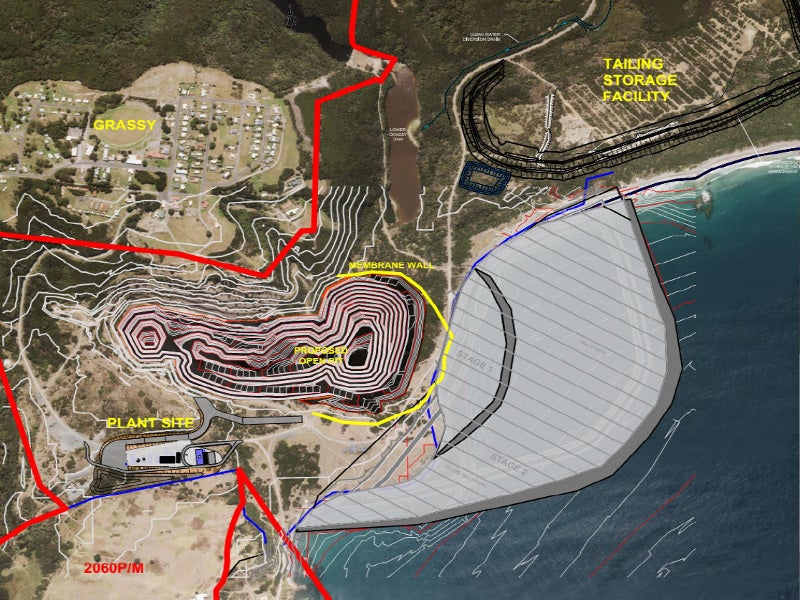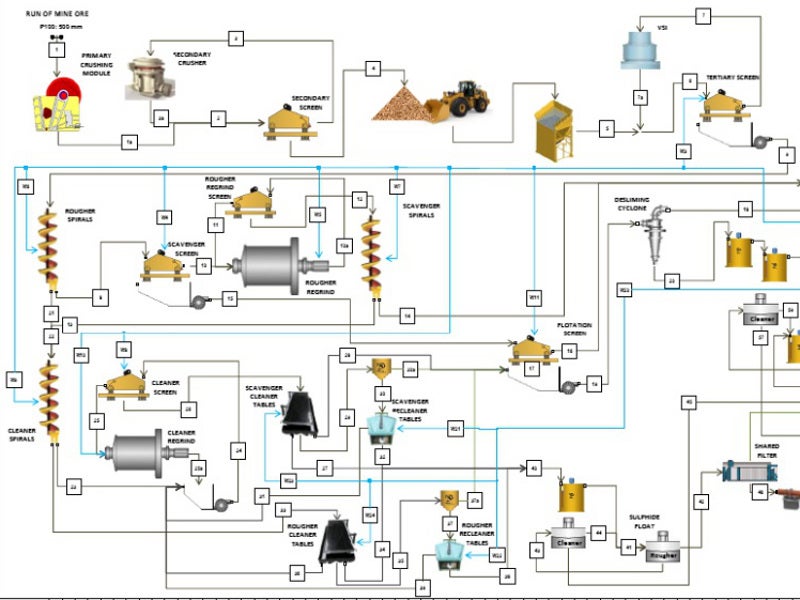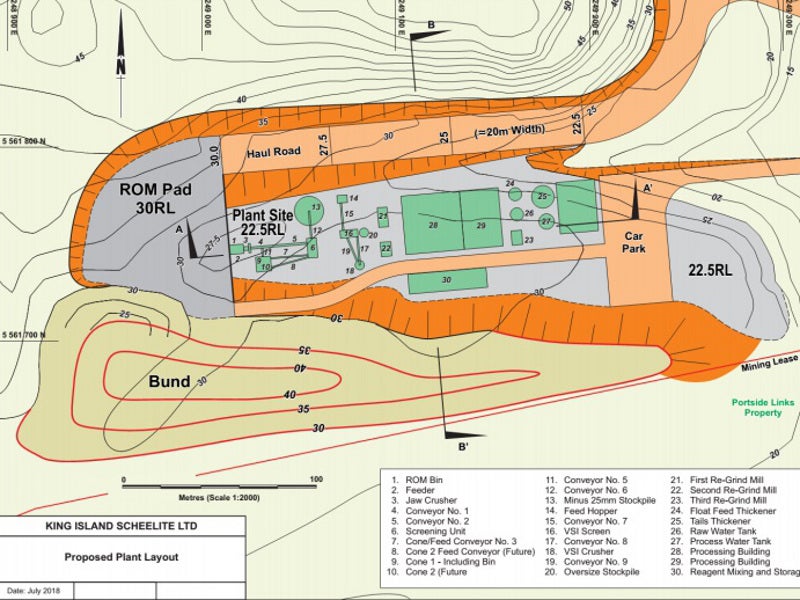The Dolphin tungsten project is located near the town of Grassy near the coast of King Island, Tasmania, Australia.
It is a fully permitted operation, which will be developed on the historic Dolphin Mine property at which mining was suspended in 1992.
The feasibility study (FS) for the mining project was completed in June 2019, which envisaged an open-pit mine load capacity of 400,000 tonnes per annum (tpa) through an eight-year mine life.
King Island Scheelite is developing the project with an estimated development capital of A$64.8m (£35.6m). The construction is planned to be completed in 15 months.
The Dolphin tungsten project is expected to be operational by 2021, following financial closure by the second quarter of 2019. The first shipment of tungsten is expected to be made in the first quarter of 2021.
Dolphin tungsten project geology and mineralisation
The Dolphin project is located with the mining licence 1/M2006 and classified as a scheelite deposit. Regarded as a metasomatic skarn, the deposit is situated on the northern margin of the Grassy Granite.
Scheelite is formed as coarse and fine disseminations in the skarn mineralogy. The skarn is made up of layered and banded garnet skarn, as well as pyroxenegarnet skarn.
Tungsten mineralisation is hosted within a 100m-200m thick complex skarn mineralogy, which hosts two main horizons namely B and C Lens. The two lenses are 10m-30m thick and separated by a similar thickness of skarn altered volcanic sediments.
Higher grade mineralisation in the Dolphin deposit is identified within the C Lens compared to the B Lens.
Dolphin Tungsten project reserves
The JORC 2012-compliant probable reserves at Dolphin tungsten project are estimated to be 3.0Mt, grading 0.73% tungsten trioxide (WO3).
As of April 2015, the indicated mineral resources stood at 9.6Mt graded at 0.9% tungsten trioxide.
Mining and ore processing at Dolphin tungsten project
The mining will be carried out using open-cut methods employing conventional drill-blast-load-haul-dump mining. Hydraulic excavators and trucks will be used for the material movement.
A gravity processing plant and a small flotation processing plant will be constructed on-site to produce a gravity concentrate and a flotation concentrate.
Gravity grade is expected to be 65% WO3 while flotation concentrate grade is expected to range between 30% and 45% WO3. The overall tungsten recovery is anticipated to be 77%.
The ore will undergo two-stage crushing, following which the fine ore will be stockpiled. It will further be subject to fine vertical shaft impact crushing, gravity concentration, flotation and dressing of flotation concentrate to produce the final WO3 concentrate.
Infrastructure
An access road to the mining property will be designed and constructed to connect to Grassy Port, which is capable of hosting 5,000t ships.
Local power supplier Hydro Tasmania will provide a small amount of grid power. The company plans to take four diesel-powered generators on lease for generating the electricity required to power the processing plant and the mine site.
The Lower Grassy Dam will provide raw water required for the project while potable water will be drawn from the local scheme supply and stored in tanks for reticulation throughout the project.
Offtake agreement
King Island Scheelite signed an offtake agreement with Wolfram Bergbau und Hutten for the sale of 140,000mtu of WO3 over a period of four years.
Contractors involved
A group of consultants, including Xenith Consulting, Resource and Exploration Geology, PSM, ALS, Asther, and SEMF prepared the feasibility study of the project. The group also comprised Pit and Sherry, Consulting Environmental Engineers, Ernst Friedlander, ARGUS, and Brendan Walpole.
Gekko Systems conducted the engineering study as part of the processing plant design and construction.






